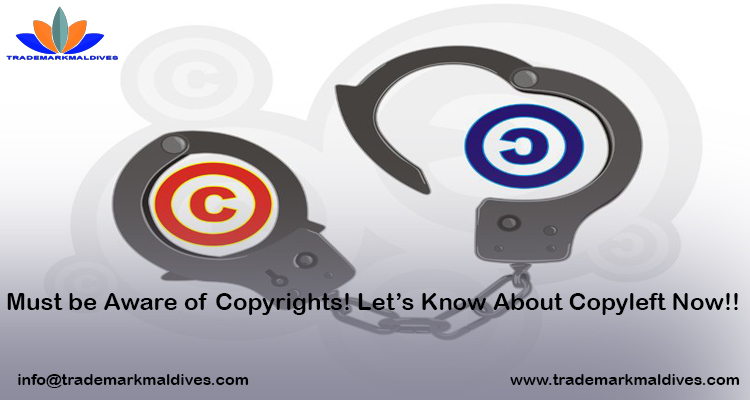EagleView, a technology provider of aerial imagery, geographic information system, and data analytics solutions, recently announced a significant legal decision revealing that Verisk Analytics, Inc. and Xactware Solutions, Inc., willfully infringed EagleView’s Intellectual Property (IP) and technological innovations.
26th September 2019’s jury verdict in the U.S. District Court for the District of New Jersey confirms that Verisk and Xactware used EagleView’s technology and innovations without its consent and in violation of the U.S. Patent Law.
What’s the Case?
In late 2015, EagleView filed a lawsuit against Verisk and Xactware claiming that the two competitors are involved in the willful infringement of its patents encompassing some unique technologies. The filing was emphasized to hold Verisk and Xactware accountable for infringing EagleView’s technologies.
The jury favored EagleView on every issue has awarded it $125 million in damages. Besides, the Court has issued a temporary restraining order preventing defendants’ sale of Property InSight, Geomni Roof, Roof InSight, and Geomni Property, as well as, use or sale of Aerial Sketch version 2 after 25th September 2019. This order will be in effect until 8th October 2019, the date set by the Court for a hearing on a permanent injunction.
Rishi Daga, CEO of EagleView said that they understand the distraction their customers are encountering due to the ongoing lawsuit, and thank them for standing beside the company even when it was forced to safeguard its IP and technology in court. The recent decision enables them to continue serving the clients with superior customer services across insurance, energy, roofing, and government, and to look forward to driving innovation through data analytics derived from aerial imagery as well as bringing impactful solutions. EagleView will consult the affected customers to determine if the firm can assist them in any manner or customers can contact EagleView at https://www.eagleview.com/support/.
The jury found that the patents involved in this case were valid and amongst the more than 200 patents in the plaintiff’s portfolio. They also discovered that Verisk and Xactware had infringed the patents willfully, awarding $125 million to EagleView for damages due to past Patent Infringement.
Verisk and Xactware have repeatedly taken measures to prevent EagleView’s claims from reaching in the front of a jury trial, including attempts to invalidate EagleView’s claims in district courts and challenges to the plaintiff’s patents with the USPTO. EagleView succeeded in securing overwhelming victories at the USPTO, with 149 applications related to its patented technology comprehensively upheld after several appeals.
Kirkland & Ellis LLP and Walsh Pizzi O’Reilly Falanga LLP are the co-counsel represented EagleView at all levels of the lawsuit and relevant patent proceedings, including the recent IP trial win.
EagleView is emphasizing on transforming the way people work by bringing in the highest level of accuracy in today’s persistently changing world. It is expected that this win will help the company in achieving its goals. For more visit: https://www.trademarkmaldives.com
Don’t forget to follow us on social media:
Facebook – https://www.facebook.com/trademarkmaldives/
Twitter – https://twitter.com/trademarkmaldiv
Linkedin – https://www.linkedin.com/company/trademarkmaldives/
Pinterest – https://in.pinterest.com/trademarkmaldives/











Comments